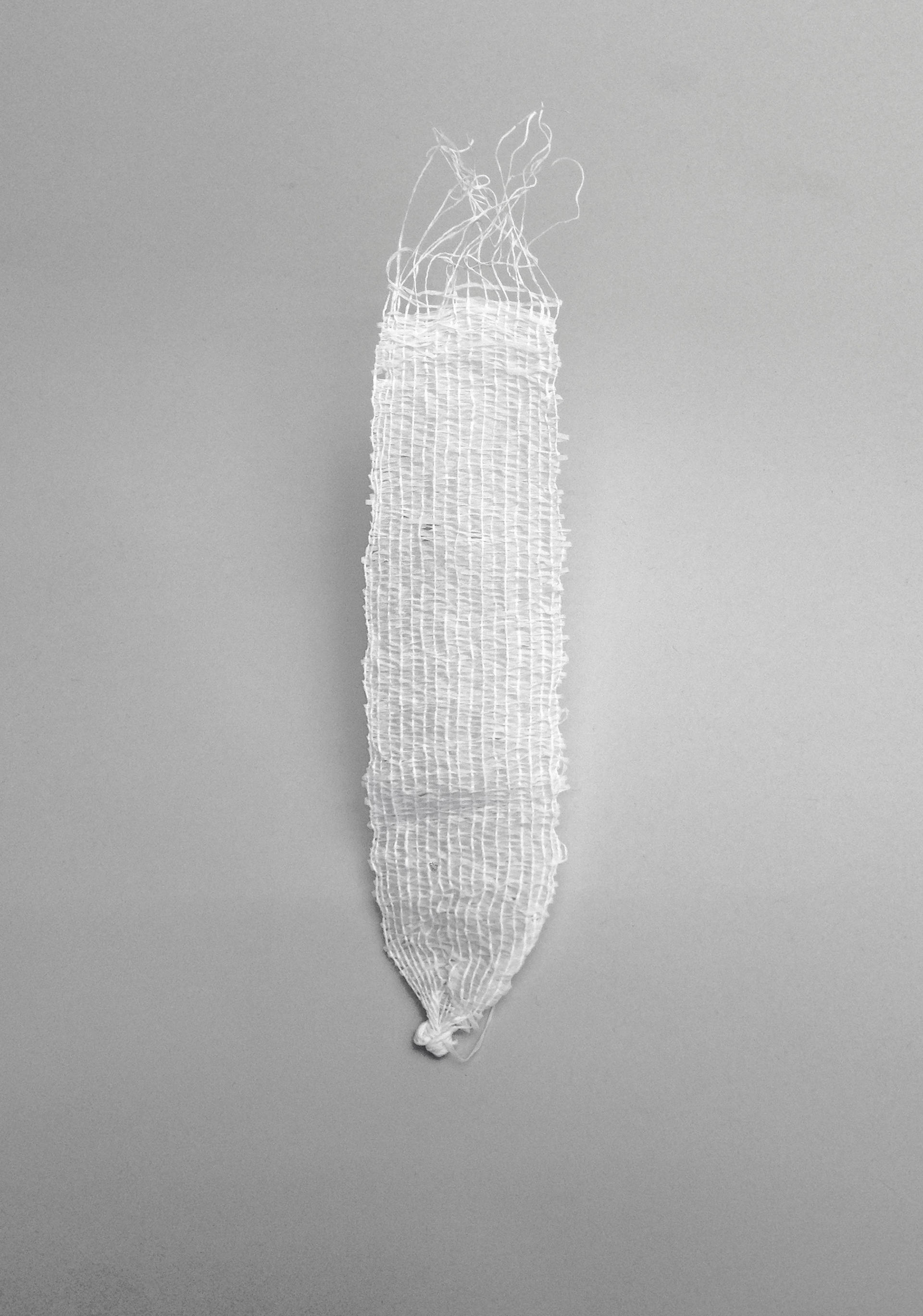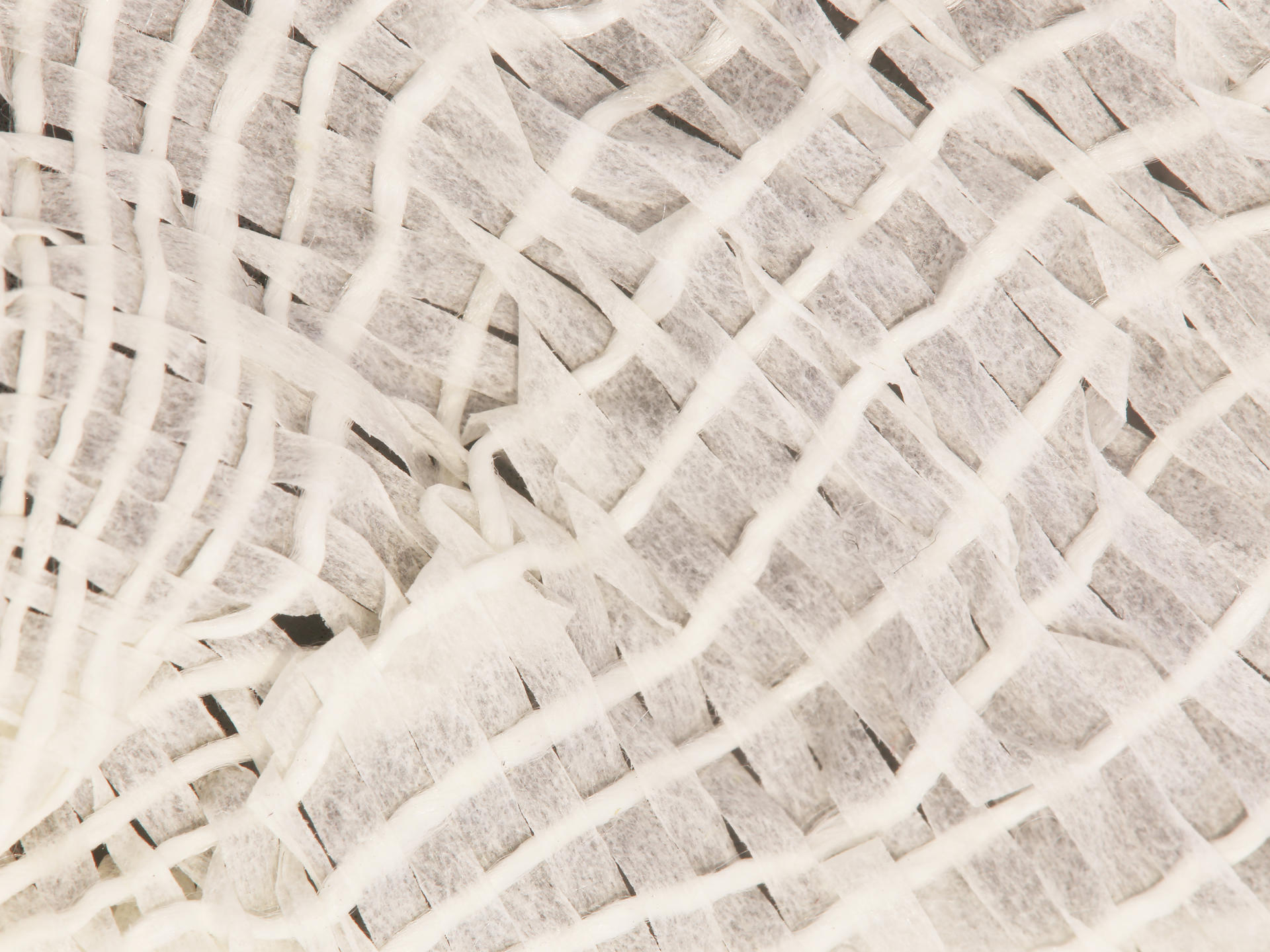HOW TO
Document Disability
Indira Allegra
Indira Allegra, Documenting Disability (excerpt), 2013, video. Courtesy of the artist.
Documenting Disability emerged from a place of exhaustion. I was exhausted by demands to provide institutions and workplaces with medical proof of what I had already known to be true for myself and what I had already been tested for—Meniere’s Disease. Meniere’s is a rare disorder of the inner ear that can lead to vertigo, tinnitus, and hearing loss. Meniere’s could leave me slurring my words, weak and spinning for hours. The disease could transform the surface of my bed into something like a black hole beyond this galaxy—suck my body out of this capitalist world and into another timespace. Labor cannot be performed for others in this timespace. I can only perform the work of existing as a self inside of but distinct from the experience of gravitational pull that is drawing me in circles. But on Earth, the inability to perform labor for others is so criminalized that one must provide a doctor’s note as an alibi—a shield from the violence of institutional punishment for unannounced absences from work or class.
From that spinning space, I reached for a different kind of defense—Sunaura Taylor’s 2004 article “The Right Not to Work: Power and Disability.” Here, painter and disability and animal rights scholar Taylor proclaims that we have the right not to have our value determined by our productivity as workers. Reading this, I began to hear the tinnitus in my ears as another language. Through that ringing this text emerged:
I have a disability. Because I have a disability you cannot see, I have to prove that I deserve to have the right to [tell] you the level of production I can offer to society without being stigmatized for it. Today I stayed home. Whatever I could not accomplish in bed was not accomplished today. I have the right to be believed even though you cannot see my disability.
I would create my own proof of disability by speaking what I knew to be true for me and using the choreography of speech to create a document. Trained as a performance and textile artist, I knew that when we use the word text, we are invoking the Latin verb texere, which means “to weave.” My means of documenting my disability would not only produce a text, but bear its own structure—something native to my own timespace.
Image

Indira Allegra
Documented Disability, 2013
Oral-loom-woven paper and waxed silk, saliva, spoken manifesto inspired by Sunaura Taylor’s “The Right Not to Work,”
34.5 x 7 x .5 cm. (13 1/2 x 2 3/4 x 1/8 in.)
Photo courtesy of the artist
Image

Indira Allegra
Documented Disability (detail), 2013
Oral-loom-woven paper and waxed silk, saliva, spoken manifesto inspired by Sunaura Taylor’s “The Right Not to Work,”
34.5 x 7 x .5 cm. (13 1/2 x 2 3/4 x 1/8 in.)
Photo courtesy of the artist
Cite this article as
Chicago Style
MLA Style
Shareable Link
Copy this page's URL to your clipboard.

